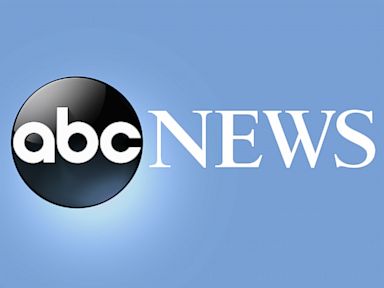U.S. employers are expected to have hired at another healthy pace in August, a trend that could power the economy through a rough patch stemming from a global slowdown and the Trump administration’s trade war with China.
Economists have forecast that businesses and governments added 160,000 jobs last month, nearly the same as July’s 164,000 gain. That pace is more than enough to keep up with population growth and over time could reduce the unemployment rate, now near a 50-year low of 3.7%, even further.
The rate of job creation is significant because at a time when the economy is slowing, additional steady hiring — and higher pay — would fuel consumer spending, the primary driver of growth. Unlike consumers, many businesses have slowed their spending and delayed expansion and investment given their uncertainty about the duration and impact of the trade war. In addition, retaliatory tariffs from China have cut into U.S. exports.
For now, Americans are still spending and keeping the economy moving. Consumer spending rose in the April-June quarter by the most in five years. It had also increased at a healthy clip in July.
Consumers remain mostly confident about the economy despite some cautionary signs. Their confidence, as measured by the Conference Board, is still strong. But an index of consumer sentiment compiled by the University of Michigan fell in August by the most in nearly seven years. In that survey, Americans expressed rising concern about the consequences of tariffs.
U.S. and Chinese officials plan to meet in early October in negotiations that are intended to resolve their dispute. The announcement Thursday of next month’s resumption of talks helped ignite a rally on Wall Street.
Here are some key points to watch in Friday’s jobs report:
———
HOW MUCH HIRING?
Most economists estimate that about 100,000 jobs a month, on average, are needed to soak up new people entering the workforce. Hiring has averaged 140,000 for the past six months, which has helped lower the unemployment rate below 4%. Mark Zandi, chief economist at Moody’s Analytics, said that job gains at that level should also be enough to offset the trade fight’s depressive effect on growth.
———
HOW MUCH ARE PEOPLE WORKING?
The jobs report also tracks the average work week. That figure dipped last month to 34.3 hours from 34.4. That might have been a temporary slip. Or it could be a sign of employer caution: If a company worries that its business might be faltering, it will likely cut hours before laying off workers.
A shorter work week also shrinks workers’ paychecks. In July, average hourly pay rose from June. But weekly paychecks slipped because of the decline in hours worked.
If the average work week keeps falling, “alarm bells should go off with respect to the direction of hiring and household spending,” said Joseph Brusuelas, an economist at RSM, a tax consulting firm.
———
HOW MANY CENSUS WORKERS?
It’s that time of the decade again: The government is gearing up for the 2020 Census, which includes hiring temporary workers to conduct the count. A decade ago, Census hiring occurred at a time when the unemployment rate exceeded 9%. So those jobs provided a crucial source of work.
This time, with the job market much healthier, the government may struggle to find all the people it needs. Economists expect that Census hiring may contribute up to 40,000 jobs to the overall August gain. Analysts will disregard those jobs in assessing the underlying health of the labor market and economy.
———
WHAT ABOUT TRADE-AFFECTED INDUSTRIES?
The trade war has hammered manufacturers, which have suffered as exports have fallen and many companies have postponed investments. Yet the trend hasn’t yet translated into lost jobs, though factory hiring has slowed.
If manufacturers start cutting jobs, that would signal that they see little prospect of a rebound soon. Trucking companies may also absorb a hit if they have fewer factory and farm goods to ship. And retailers might cut workers as tariffs start to affect such consumer goods as clothes, toys, and electronics. If setbacks in those industries become severe enough, they could eventually raise the unemployment rate.
———
ARE MORE AMERICANS WORKING?
Beyond unemployment, economists track the proportion of Americans ages 25 through 54 who have jobs. Employment in this so-called prime age bracket has improved steadily since the recession ended in 2009. But it has slipped this year.
If the proportion of prime-age adults who are employed were to rebound in the coming months, it would be an encouraging sign that the job market remains strong. By contrast, a decline in this figure would represent another warning sign of a potential economic slowdown.





